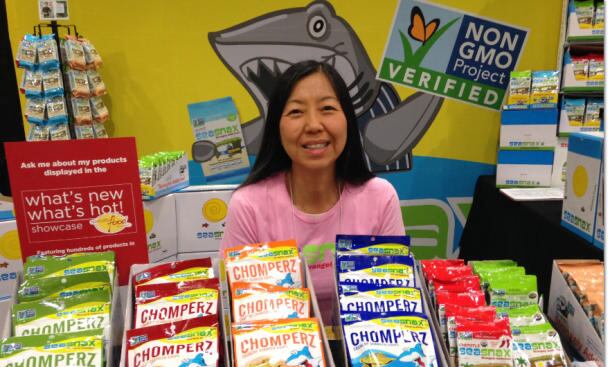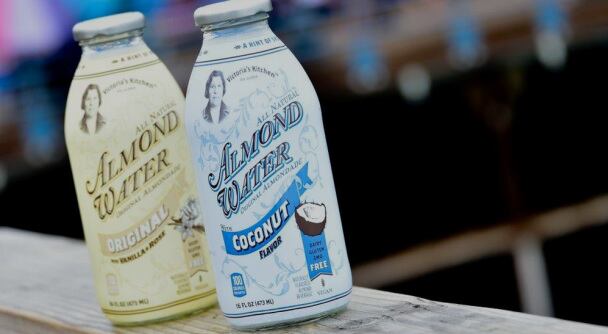Presenting data from Mintel International and SPINS at the Fancy Foods Show in New York, Mintel Consulting director David Lockwood said that the fastest growing categories at retail* in the period 2011-2013 were nut and seed butters (dollar sales were up 51.6% - driven in part by higher prices, as unit sales were up a more modest 6.6%), eggs (+35.9%) and frozen desserts (+28.2%).
However, there was also strong dollar sales growth in specialty ready-to-drink tea and coffee (+25.4%); yogurt & kefir (+20.4%); and chips, pretzels and snacks (+19.1%), he said.
“Specialty food thrived throughout the recession, and as the economy stabilizes, the industry will expand by conquering new channels, redefining upscale and redefining better for you at a price you can afford.”
Specialty foods accounted for 10.4% of the total food retail market in 2013
Across all specialty food segments, sales rose 15.9% during 2011-2013, triple the 5.2% growth in the overall food & beverage market, added Ron Tanner, vice president of philanthropy, government, and industry relations at the Specialty Foods Association, which hosts the show.
“Specialty foods accounted for 10.4% of the total food retail market in 2013.”

And while specialty foods are stocked in both specialty/natural and mainstream food retail stores, they are performing much more strongly in the former channels, he said, with specialty food sales up 42.4% in specialty stores, up 33.8% in natural stores and up 6.9% in mainstream food stores over the 2011-2013 period (data excludes Trader Joes, Whole Foods & Walmart), he added.
It’s become cool to be a specialty food retailer
“Mainstream supermarkets still account for around two thirds of specialty food sales but their share is slipping. It’s kind of become cool to be a specialty food retailer. Millennials are starting to talk about some specialty stores in the same way that they talk about restaurants.”
Meanwhile, there has been strong growth in direct to consumer sales via online channels and via farmer’s markets in the US, he said, with numbers surging from 2,500 in 2000 to more than 8,000 in 2013.
However, of the $88.3bn sales figure for specialty food sales in 2013, the vast majority (80%) was from retail sales, with 20% from foodservice, he said.
Millennials are starting to talk about some specialty stores in the same way that they talk about their favorite restaurants
As for trends, foods making local, all-natural and organic claims are top of mind for the industry, accounting for 23%, 41% and 18% of sales in 2013 respectively, he said.

However, looking ahead three years, retailers, brokers and manufacturers surveyed by the Specialty Foods Association all predicted stronger growth in non-GMO, Fairtrade, eco-friendly & sustainability claims, while gluten-free was top of the list for future product development plans.
All players predict surge in non-GMO, Fairtrade, eco-friendly & sustainability claims
Finally, commenting on some of the frustrations expressed by specialty food retailers in the survey, he said that their most common gripes were manufacturers putting arbitrary (way too early) date codes on products, and foods not being ‘fancy’ enough.
Brokers, meanwhile, complained about “the number of people trying to get into the business who have no idea what they are doing”.
For more details plus market definitions, click HERE.
Click HERE to read about the winners of the SOFI awards.
*Retail sales data excludes Trader Joe’s, Walmart, private label and Whole Foods Market.
